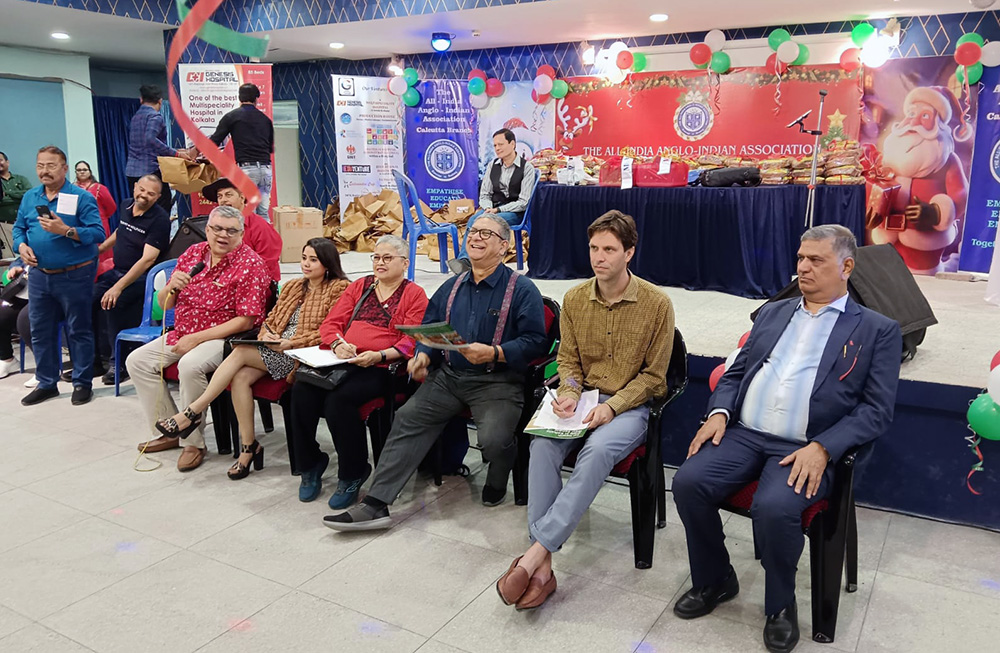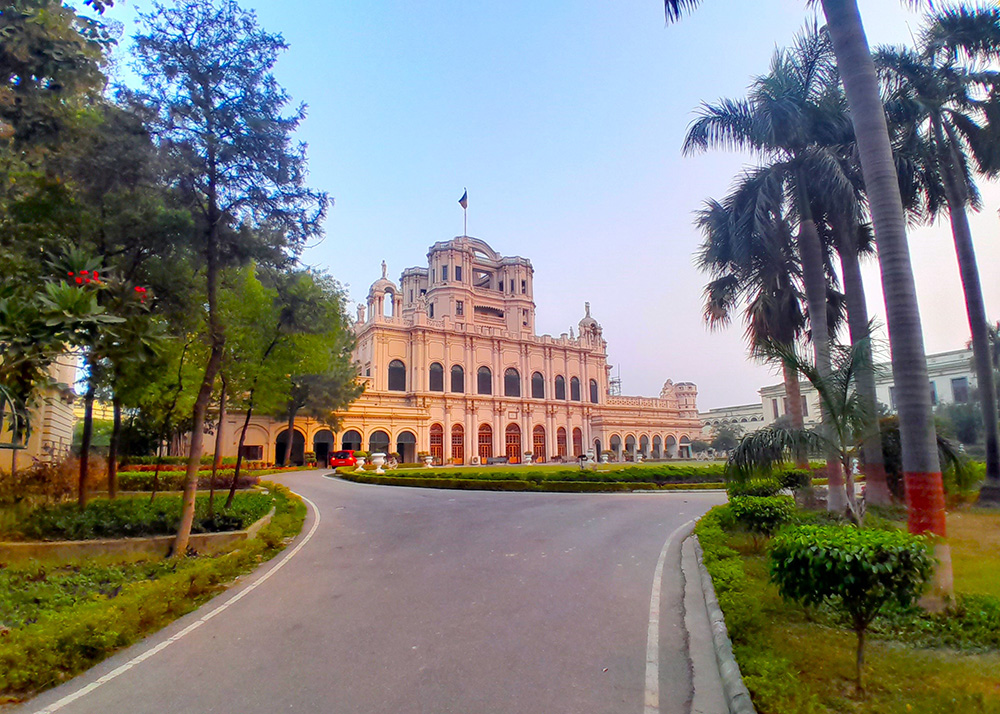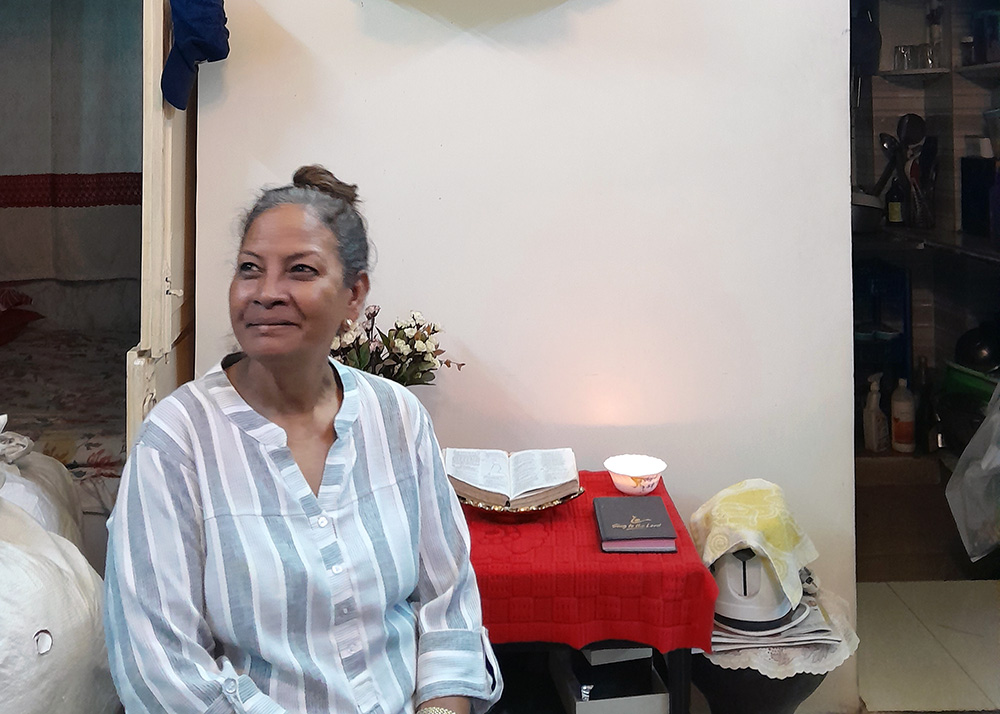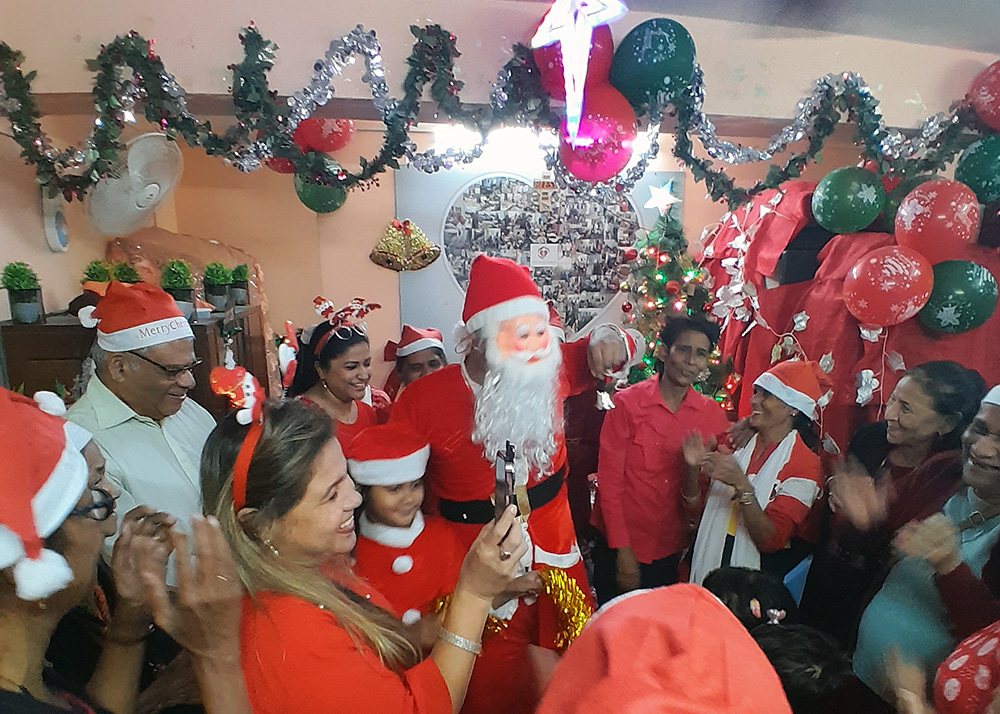
Guy (second from right) on a panel judging Mr. and Mrs. Anglo-Indian Universe competition at an 'old folks' function
My father is Anglo-Indian and was born in India in 1947, the year of the partition and the dissolution of the British Raj.
Due to civil unrest and loss of job security, his extended family, about fifteen in total, emigrated to New Zealand settling in Bond Street, Ponsonby in 1949.
Anglo-Indians are a constitutionally recognised, mixed-race Eurasian population that has a 500-year history.
In the 1600’s the East India Company, needing to boost its work force, offered European men and Indian women money to have mixed race children.
In the late 1700’s, having become too numerous, a decree was passed banning Eurasians from all employment with the East India Company.
Eventually they were thrown a lifeline in the form of employment on the railways in the mid-1800’s.
Through all these ups and downs, they developed their own foods (Vindaloo being the most famous), patois and cultural practices. This was the culture that I had a window to growing up in Auckland.
Because of historical discrimination, my father’s family have always been very quiet about their relationship to India. I have always been fascinated by it.
Recently, I have become interested in the grey area between coloniser and colonised. What does it do to a community’s psyche if you are both and neither at the same time?
I was offered the opportunity to travel to India to conduct research for illustrations for a secondary school textbook being written about Anglo-Indian history, I jumped at the chance.
My Nana’s family were based in Kolkata from the late 1700’s and that is where the largest population of Anglo-Indians in India now live.
Lucknow is where my father and uncle were born, and my Nana went to school there. For these reasons I picked these two centres to focus my research on specific family history as well as looking into the contemporary Anglo-Indian community.
In Lucknow, I stayed at La Martiniere Boys. It is a school of about 5000, 60 percent of the staff are Anglo-Indian and about 40 percent of the students.
While there, I interviewed staff and students, looked through old records and ate as much Biriyani as I could.

La Martiniere Boys school, where Guy stayed while in Lucknow
There is something about queuing on an ancient lane surrounded by the smells and sounds of India alongside 100 other salivating people, waiting for a dish to be served from a man-sized clay pot. And, as the lid is lifted, the ensuing madness of rice and rupees flying through the air; it's something that recipe books will never replicate. It was magical.
The school is a palace once owned by Claude Martin at the time the richest European in India. It’s breathtaking - think a Mughal Hogwarts and you come close.
The boys’ and girls’ school are one of a number around the country that are administered by an Anglo-Indian education board, and they take orphaned and impoverished Anglo-Indian children on full scholarship as well as paying students.
At these schools, the Anglo-Indian culture is alive and well. A shared background of railway colonies, food, religion (Catholicism), and English as a first language, serve to set them apart from the other cultural groups in India. For these reasons they continue to intermarry.
From Lucknow I caught the overnight train west to Kolkata on the line that my Poppa would have serviced.
There I was taken around to various Anglo-Indian functions and interviewed members in the build up to Christmas.
The main concentrations of Anglo-Indians in Kolkata reside in a suburb called Picinic Gardens and a series of tenement buildings in the central city known as the Bow Barracks.

Angela, the president of the Bow Barracks Association
Anglo-Indians love to dance and sing, and all the functions that I attended had lots of both.
Bow Barracks hosts a massive Christmas party every year on December 23, which politicians and Bollywood stars attend.
It is a spectacle with live music and thousands of people buying homemade raisin wine, ball curry with yellow rice, kul kuls (deep-fried pasty), ballychow (prawn paste) and various other Anglo-Indian delicacies.
Apart from a few members of the community, most Anglo-Indians living in Kolkata are not wealthy.
India is a land bonded by ancient kinship ties and in this landscape, Anglo-Indians are on the back foot.
A Bow Barracks apartment consists of one living room and a back room with a large mattress, a cooker and a sunken tile square for bathing.
Water is fetched from the communal hallway tap. The whole family sleeps on the large mattress.

Guy: "Despite the difficult circumstances, I found a vibrant community comfortable in their identity."
I visited a slum in which some old Anglo-Indians lived in what can only be described as abject poverty.
Some live in repurposed buffalo stalls with tarps stretched over the top.
Many of these old people worked on the railways and as secretaries like my Nana and Poppa and have been left behind by contemporary India.
Despite the difficult circumstances, I found a vibrant community comfortable in their identity.
Personally, it filled in a lot of gaps in my knowledge about my connection to India.
I had thought that the culture might be backwards looking as so many have left India but, overall, the culture is forward looking, mixes freely with all castes and religions and have a sense of generosity, and joy for the day.
Their place in India is not straightforward. They are a true hybrid culture and there are negative and positive aspects to this.
The flow of ideas, foods, and language from east to west and back again has enriched so many lives. Being from both worlds and speaking both languages, Anglo-Indians have been in the centre of it all, and I would love to see them taken from the margins of history and placed in the main text where they belong.
On a practical note, I bought home lots of great imagery and information for the book illustrations and have a show of paintings at Corbans Art Estate in February highlighting the Anglo-Indian diaspora in New Zealand.
Excitingly, I have also been offered the chance to return to Kolkata and create a mural with the Anglo-Indian community.
I would like to thank the Asia New Zealand Foundation. Without their support this project and subsequent opportunities would not have been possible.
Guy Howard-Smith
Based in Ōtepoti since 2009, Howard-Smith has maintained a regular studio and mural practice for over a decade, primarily working in painting and drawing. His mural collaborations can be found in a number of urban sites around Dunedin and Auckland.
The Foundation's arts programme aims to bring Asia into the mainstream of New Zealand arts by inspiring New Zealand arts professionals to grow their connections and knowledge of Asia. It also supports the presentation of Asian arts in partnership with New Zealand arts organisations and events.
Our Arts Practitioners Fund provides support for experiential opportunities for individual New Zealand-based arts practitioners to deepen artistic and professional connections with Asia, including residencies, work placements, research tours and exchanges.


